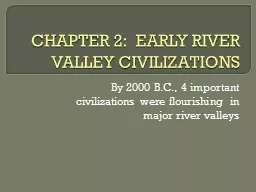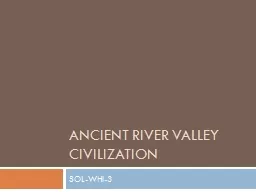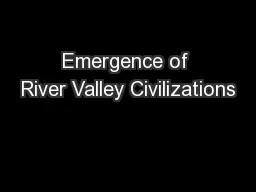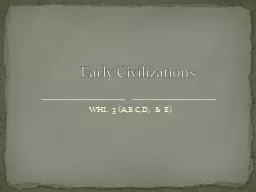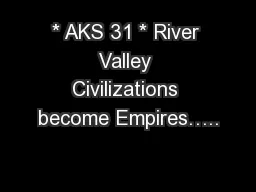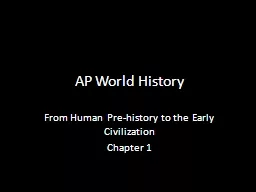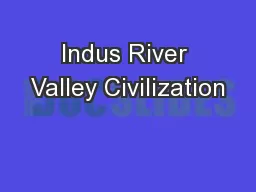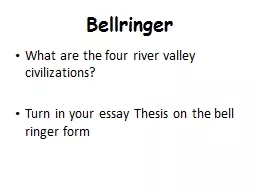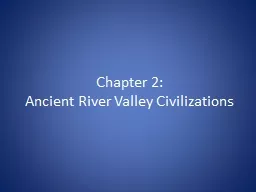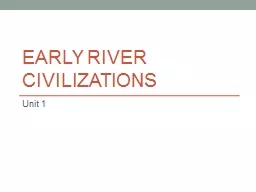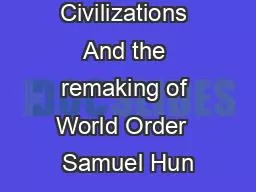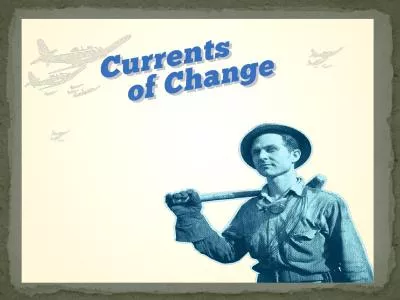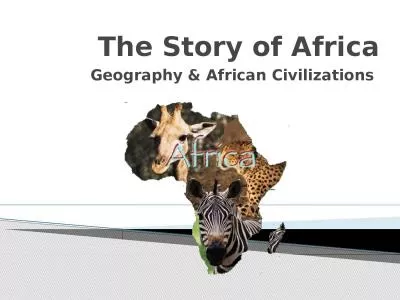PPT-CHAPTER 2: EARLY RIVER VALLEY CIVILIZATIONS
Author : yoshiko-marsland | Published Date : 2020-01-17
CHAPTER 2 EARLY RIVER VALLEY CIVILIZATIONS By 2000 BC 4 important civilizations were flourishing in major river valleys FERTILE CRESCENT DEF An arc of rich farmland
Presentation Embed Code
Download Presentation
Download Presentation The PPT/PDF document "CHAPTER 2: EARLY RIVER VALLEY CIVILIZAT..." is the property of its rightful owner. Permission is granted to download and print the materials on this website for personal, non-commercial use only, and to display it on your personal computer provided you do not modify the materials and that you retain all copyright notices contained in the materials. By downloading content from our website, you accept the terms of this agreement.
CHAPTER 2: EARLY RIVER VALLEY CIVILIZATIONS: Transcript
Download Rules Of Document
"CHAPTER 2: EARLY RIVER VALLEY CIVILIZATIONS"The content belongs to its owner. You may download and print it for personal use, without modification, and keep all copyright notices. By downloading, you agree to these terms.
Related Documents

